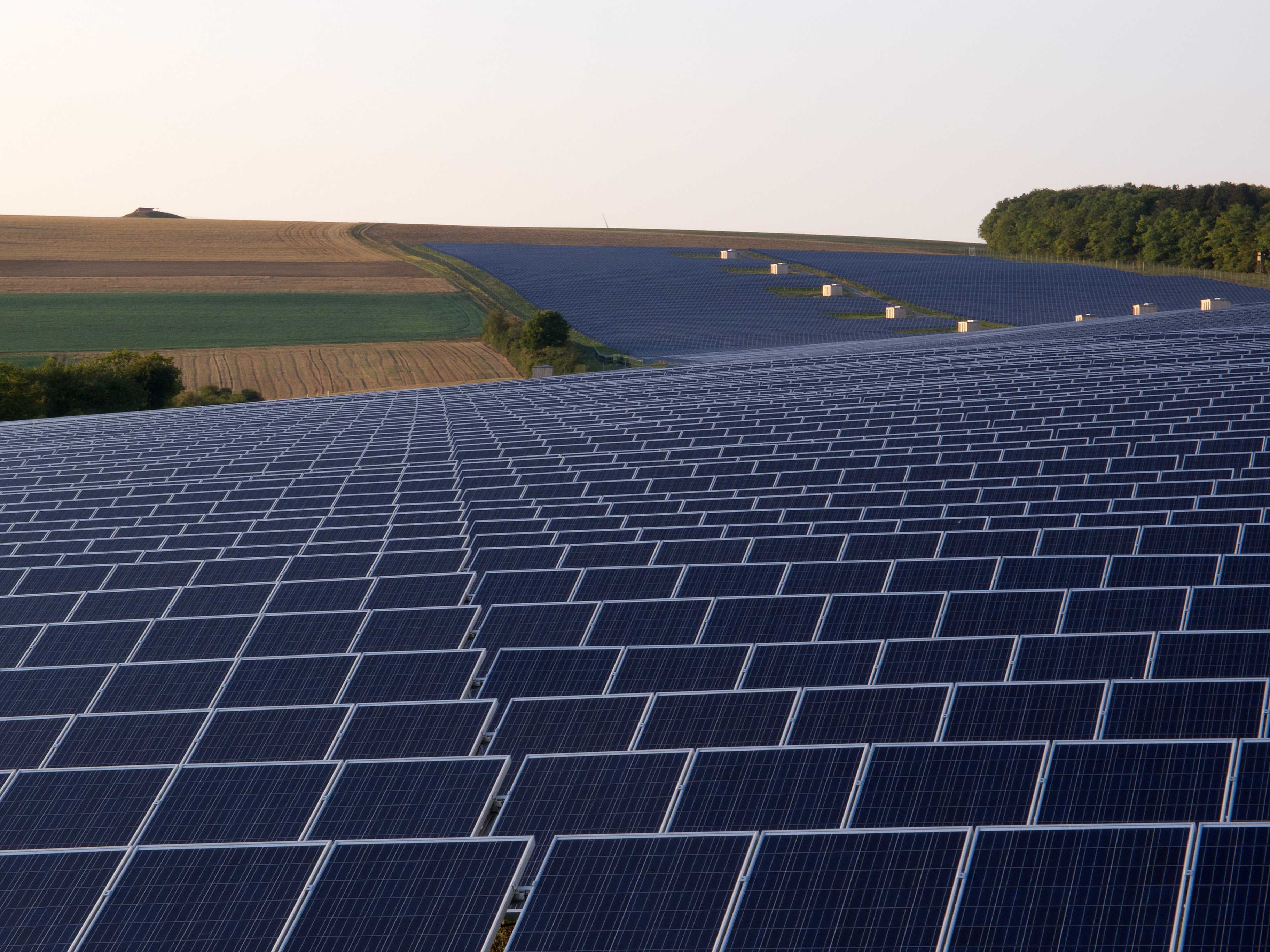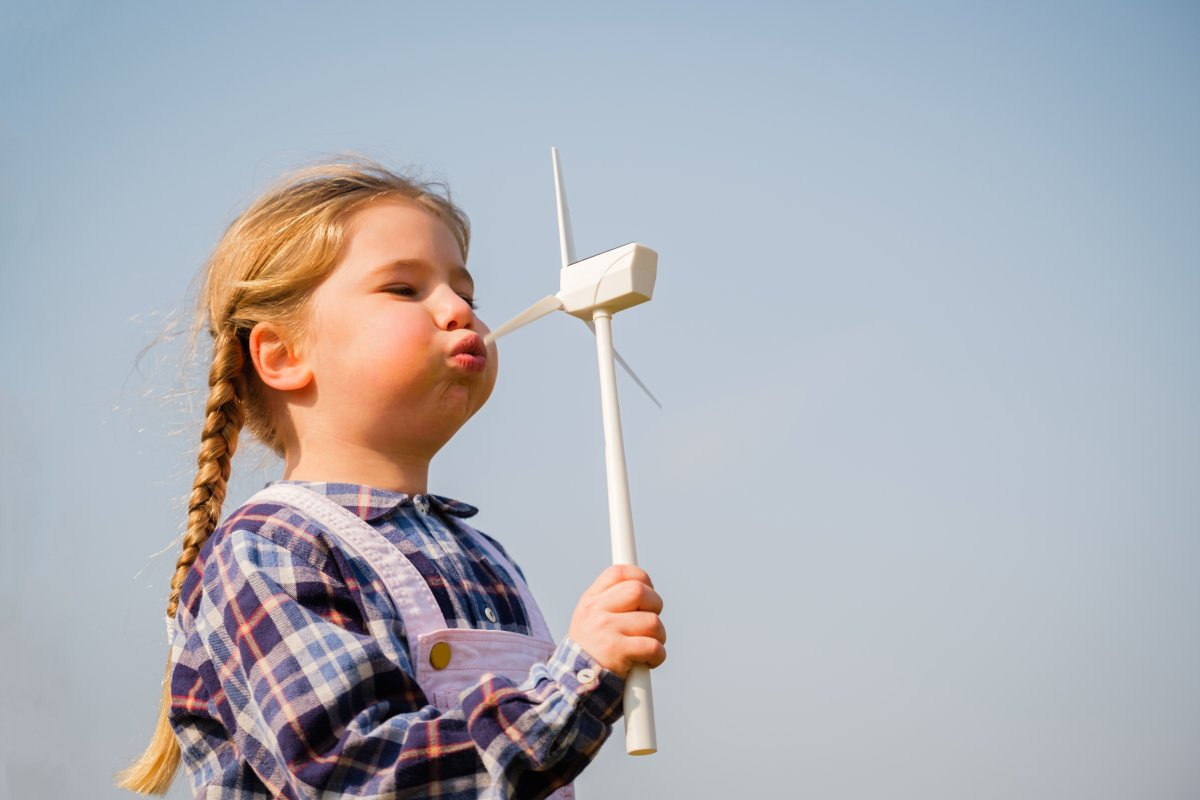Wind turbines only supply electricity when the wind is blowing. That’s true, but it’s only half the truth: because even when the wind is blowing, the rotors of the turbines have to be aligned with the wind direction and wind speed. Even the smallest deviations ensure that the system is less efficient than it could be – resulting in valuable energy being lost.
Alban Puech and Jesse Read, two researchers at the Paris Institute Polytechnique, want to optimize the process of automatic wind direction tracking. They have developed an algorithm that uses artificial intelligence to make the so-called yaw control of a wind turbine more efficient. Her research was recently published as a preprint paper.
Modern wind turbines use the data for a wide variety of sensors to adapt to the wind direction. This works well, but not always perfectly. Especially since every adjustment via the yaw control requires energy in order to move the entire machine housing with the rotor blades connected to it in the desired direction. At the same time, the system must ensure that the rotor blades do not turn too quickly in order to avoid damage. It is therefore always important to weigh up whether a correction really pays off.

AI creates strategy for the wind turbine
This is exactly where Puech and Read come in: They have developed an algorithm that takes into account factors such as the wind direction, the energy consumption of the yaw control and the energy yield gained. The algorithm uses reinforcement learning (RL) – it is therefore able to use the data received to independently create a strategy for controlling the system and to continuously optimize it over the course of the process.
To test the effectiveness, the researchers compared their algorithm with the previous control software of a REpower MM82 wind turbine, which is used in numerous wind farms. In two simulations, one with constant wind conditions and one with variable wind conditions, the RL algorithm was able to track the changes in wind direction better: the orientation of the yaw axis was less far from optimum in both simulations than with the conventional algorithm.
At the end there is an energy gain
Although the AI moved the turbine a little more often than the traditional algorithm – and thus consumed more energy – even if you subtract this additional consumption, the end result is an energy gain of between 0.31 and 0.33 percent. That doesn’t sound like much, but it pays off on a large scale: “For a single 2-megawatt class 2 wind turbine, that’s an annual profit of 1,500 to 2,500 euros,” write the two researchers. Extrapolated to an entire wind farm with dozens or even hundreds of turbines, the potential becomes clear.
Richard Cochrane, an expert on renewable energies at the University of Exeter, who was not involved in the study, also believes this: “The 0.3 percent is important, it could make the difference for wind farm operators as to whether they have the income to start the next project to develop or not,” he told the New Scientist. Coupled with other new technologies such as wind measurement using Wind-LiDAR, adapting the control software and using AI could make the systems even more efficient.

(jl)
